|
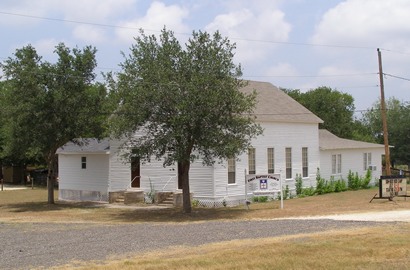 |
History in
a Pecan Shell
In 1906 as the
railroad extended from Cuero to Stockdale,
a town was plated and a depot built. The town was originally named
Bello. But when a post office was applied for, the name was
rejected by authorities for the similarity to Bells,
Texas (Grayson County).
In 1909, the town was renamed Westhoff, to honor William Westhoff,
Sr.
Westhoff throve. 4,800 bales of cotton
were ginned at Westhoff's three gins each year. In 1913 a devastating
fire destroyed much of downtown and by 1915 the population was a healthy
475. The 1908 school expanded in 1928 and in 1961 was one of the county's
three remaining rural school districts. From the 20s to the 50s, Westhoff
had 500 residents before it started its decline to the present 410.
|
Westoff, Texas
Landmarks / Photo Gallery
|
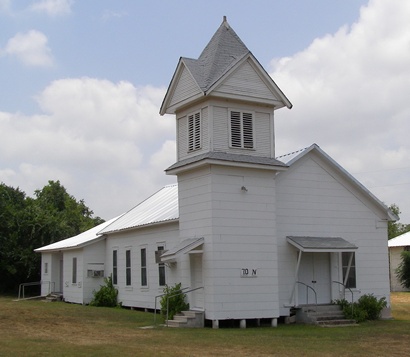 |
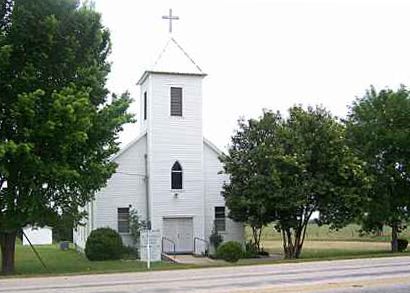 |
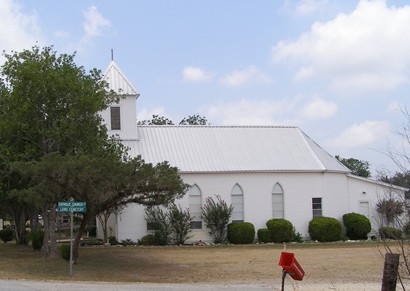 |
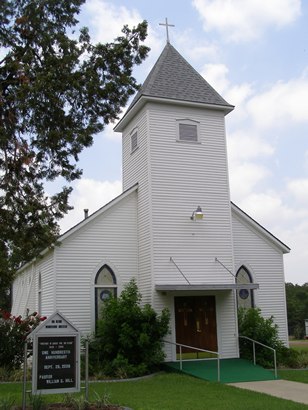 |
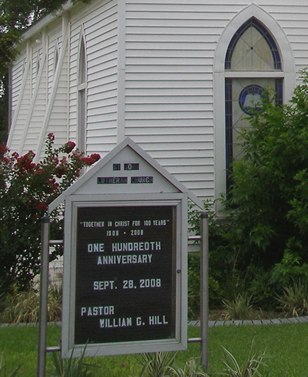 |
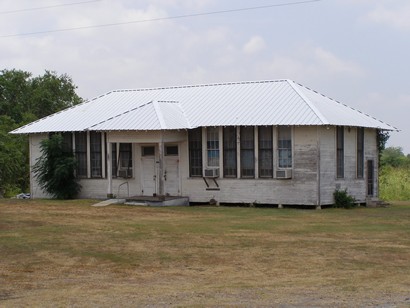 |
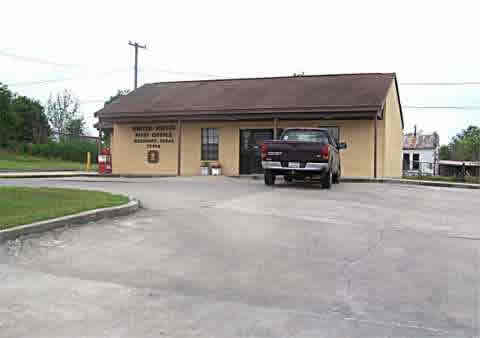 |
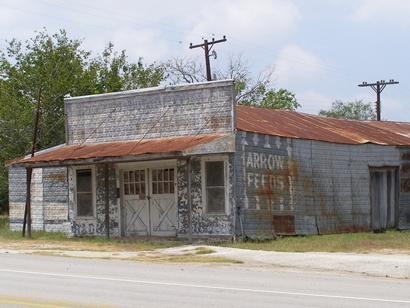 |
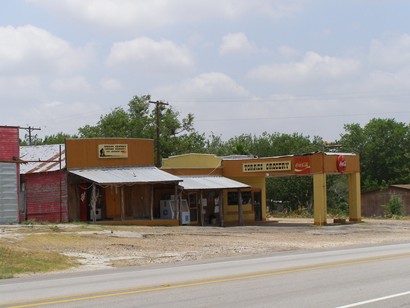 |
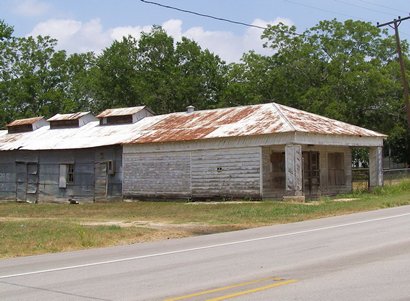 |
 |
Historical Marker:
SE of town at intersection of US 87 and Church Road (Lord Cemetery
Road)
George Lord
George Lord was
born in Essex County, England on April 21, 1816 to Felstead and Anna
Siggs Lord. He immigrated to Canada in 1834 and worked there for two
years. He then moved to New Orleans and joined other volunteers under
a Capt. Lyons to serve in the military of the young Republic
of Texas. They arrived in Galveston
in 1837.
As part of the Texan Army, Lord participated in a number of operations,
including suppression of the Córdova Rebellion (1838) and the fight
against Manuel Flores (1839). He also fought in Mexico with the Federalists
before returning to Texas. He joined the Somervell
Expedition to expel forces of Gen. Adrián Woll from the Republic,
fighting at the Battle
of Salado Creek (1842) with many notable Texas figures like John
C. "Jack" Hays and William
"Bigfoot" Wallace. Lord was among those who then followed Col.
William Fisher into Mexico. Fisher's men were captured after fighting
at Mier, and as part of the infamous "Black
Bean Incident," ten percent were executed while the others remained
imprisoned. Lord was not selected for execution; he survived the harsh
conditions at Mexico's Perote Prison, returned to Texas and fought
in the Mexican War as a Ranger.
In 1849, Lord accompanied Jack
Hays and others to California during the Gold Rush. Along the
way, he wed Catherine "Kate" Myers (1832-1909) in Eagle
Pass, Texas. The couple spent three years mining for gold; Kate
sold pies to other miners while her husband collected gold dust. They
returned to Texas with $7,000 worth of gold and settled near this
site in DeWitt County,
where they established a Longhorn cattle ranch and reared 11 children.
Lord died while working in his garden in 1895. Today, he is remembered
as a Texas patriot.
(2004) |
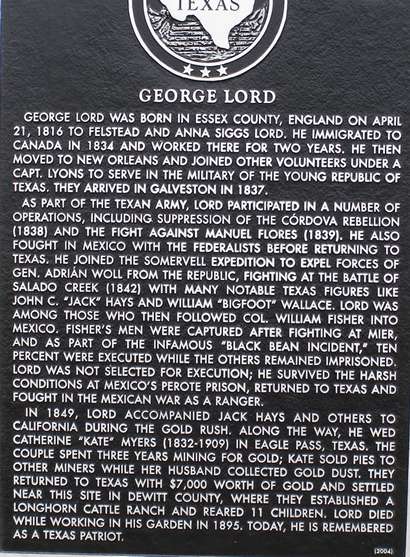 |
| Texas
Escapes, in its purpose to preserve historic, endangered and vanishing
Texas, asks that anyone wishing to share their local history, stories,
landmarks and vintage/historic photos, please contact
us. |
|
|
